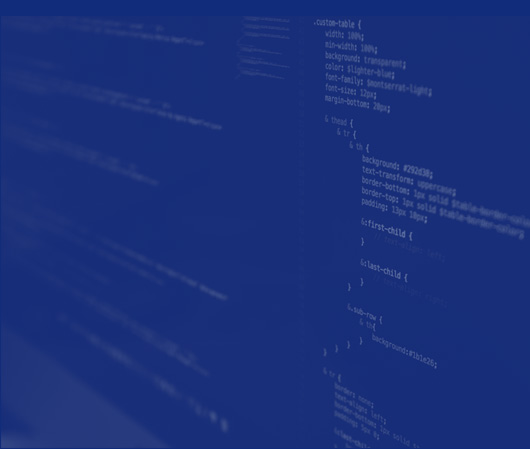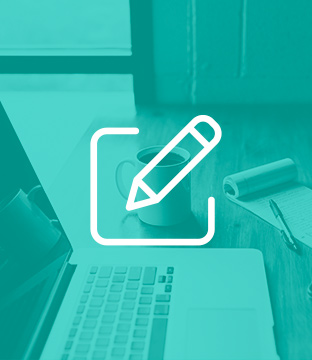The Importance of Landing Pages
Designing a website involves many elements, but one thing to always consider is user experience. From the layout of the page, to the colours, all these are things you need to think about when thinking about user experience. This is because at the end of the day, if the user does not have a fluid journey from start to finish, they will likely leave or not complete an action.
As user experience is important from the very beginning, it is important to make sure they get a great first impression of the website. This is why it is important to consider your website’s landing pages.
You’re probably wondering what a landing page is?
Well, basically, a landing page is a page the visitor ‘lands’ on when clicking on a link from an external source, such as from social media, search engines or from another website.
For the most part, the homepage is usually the most landed on page, however other pages can serve as landing pages. It is easy to find out which pages people are landing on as well. All you have to do is go to Google Analytics, click ‘Behaviour’ and then ‘Site Content’ and then ‘Landing Page’. There you will have a full list of the top landing pages.
Once you have identified your landing pages, the next thing you need to do then is make sure each landing page is designed right to give the visitor the best impression and best chances of clicking through to the next part of their eCommece journey.
Before you change every page on your website, you need to understand that there are two different types of landing pages; click through, which encourages user to click through to other parts of the website, and lead generating, capturing information.
Click Through Landing Page
1. Homepage – this is probably the most common landing page for any website, it is the one that you include in most of your social media profiles and if you feature on another website, the homepage is probably where they will be directed.
The homepage is where users will get a feel to who you are and what you do, and should have different points where visitors can click to other parts of the website.
A good homepage should give visitors a good snapshot of your business and include things such as products, search bar, brief information about your business, links to contact details, and links and CTAs to other parts of your website.
It may seem like a lot, but if you design it right it can be really effective. Using a grid layout helps, as it keeps things clean. Highlight what is the main focus is and remember, you don’t need to include everything. Just the important things. The beauty of a homepage is you can update and change it every now and again to keep it fresh.
2. Product Category – while the homepage is an important page, it is definitely not one we would suggest to use when you are sharing your website or using it for campaigns, such as social media advertising campaigns or adwords.
If you are an ecommerce website, then the product pages are super important. They are the pages that generate sales and business, which is why they should be the landing page you use the most. It makes sense to use them, especially for campaigns, as when you advertise a product and someone clicks on it, they would expect to click through to that product.
Lead Generation Landing Page
Lead generation websites are slightly different in the fact they are for businesses that offer a service rather than products. So the website would be an information hub and there should be a place to capture contact information.
Much like a eCommerce website, the landing page should have information about the service the business provides and include a data capture form. The form should be kept simple and only ask for information that is needed. The more field there are, the less likely people are to fill it in, so keep it short and simple.
Here is one of our blogs that goes through some handy steps towards designing a lead generating website.
Content Landing Page
Another type of landing page, which could be classed as either a lead generating or click through landing page, is content pages, such as blogs, videos or infographics. Information driven pages can be shared a lot via social media or other blogs, as it is a source of good information.
The reason they serve as both click through and lead generating is they can be both. You can include links or CTAS within the blog or infographic to click through to other parts of the website (if the blog is an extension to your website), which is usually advised to help reduce bounce rate. For lead generating, you could include a subscribe/newsletter sign-up to capture data. The sign-up form is usually at the end of the post or in the side bar, it is less intrusive than a lead generating, so if you have good content then they are more likely to sign-up.
If you need advise on your landing pages or are looking for a redesign to make sure your users are getting the best start to their website journey, why not contact us and we can talk through design and layout options. We have offices in both Cornwall and Cardiff and service everywhere in between. Give us a shout and we can talk through over tea and biscuits!
Magento
eCommerce
Magento is the leading solution for eCommerce, and we’re specialists. Magento is easy-to-use, completely customisable and endlessly scalable.

Bespoke
Builds
We offer custom web development services for any requirement. Manufacturing from scratch, we deliver a project entirely tailored to your needs.

Working with brands nationally from our offices in Cardiff and Exeter, our tenacious team of designers and developers deliver sophisticated results every time.


